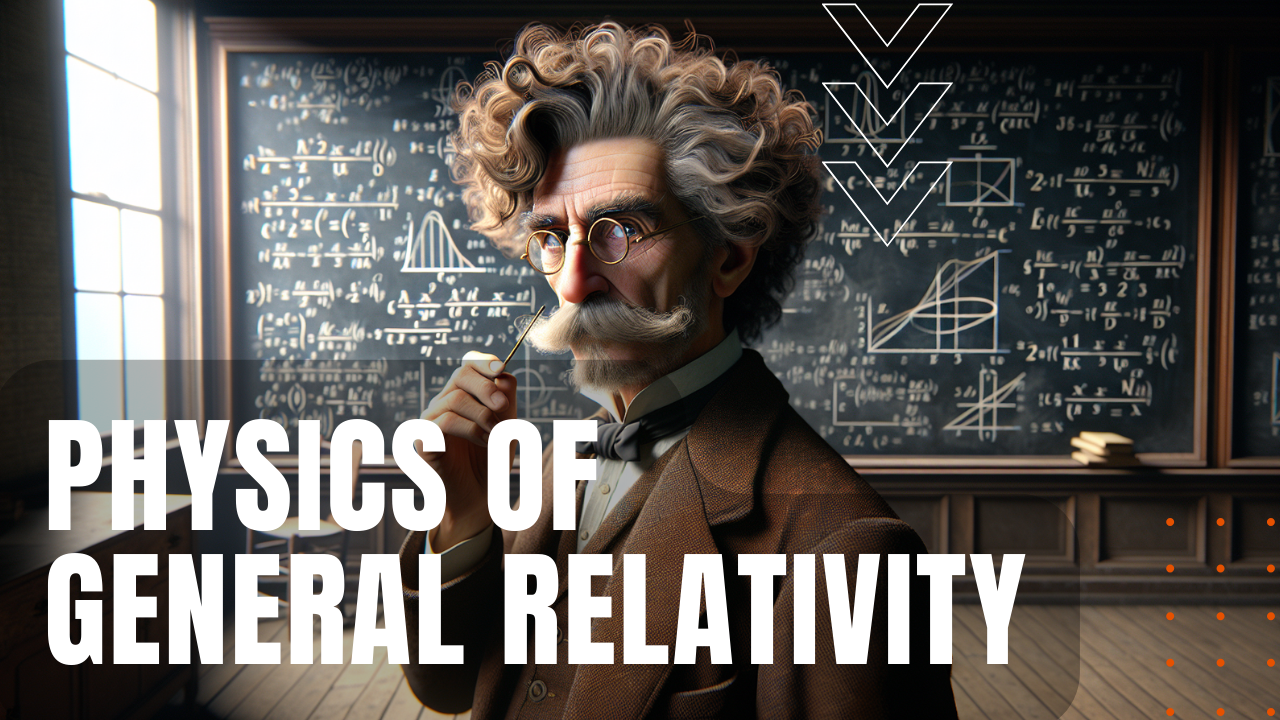The Physics of General Relativity

On the four Thursdays of November 1915, Albert Einstein presented his theory of general relativity to the Prussian Academy of Sciences, which revolutionized man’s understanding of space, time and gravity. While Sir Isaac Newton’s gravitational theory described gravity as a force acting at a distance between masses, Einstein’s general relativity theory presented gravity as the curvature of spacetime caused by both mass and energy, wherein massive objects such as planets, stars and galaxies warped the fabric of spacetime, creating what humans perceive as gravitational attraction.
Easy Visualization
One way to visualize this phenomenon is to place heavy round objects on a stretched rubber sheet, forcing the sheet to curve around the ball. When smaller objects are added to the model, their orbit—albeit fleeting—will move towards the curvature created by the larger mass, effectively warping the fabric of spacetime, while forcing other objects to move along the curved paths dictated by each heavy mass curvature in play. Known as a planetary slingshot maneuver, NASA’s Apollo moon landings relied on this principle to return astronauts to the earth, while in more recent times, the Cassini-Huygens spacecraft used four gravity assist maneuvers to reach an obit around Saturn. By employing the same gravitational assist maneuver during its extended obit around Saturn, the Cassini-Huygens team at NASA was able to conserve enough power to extend the useful life of the spacecraft for a remarkable thirteen years.
Do The Math
From a mathematical standpoint, Einstein’s field equations relate the curvature of spacetime to the distribution of matter and energy within it, describing how mass and energy determine the curvature of spacetime, as well as how that curvature influences the motion of objects moving through it. General relativity also looks at gravitational time dilation, where time appears to pass slower in stronger gravitational fields—a phenomenon which has been thoroughly confirmed through experiments and observations of black holes, while the birth of gravitational wave astronomy in 2015 has repeatedly confirmed ripples in the fabric of spacetime generated by accelerating masses, each propagating at the speed of light, making Einstein’s theory of general relativity, one of the confirmed pillars of modern physics.
